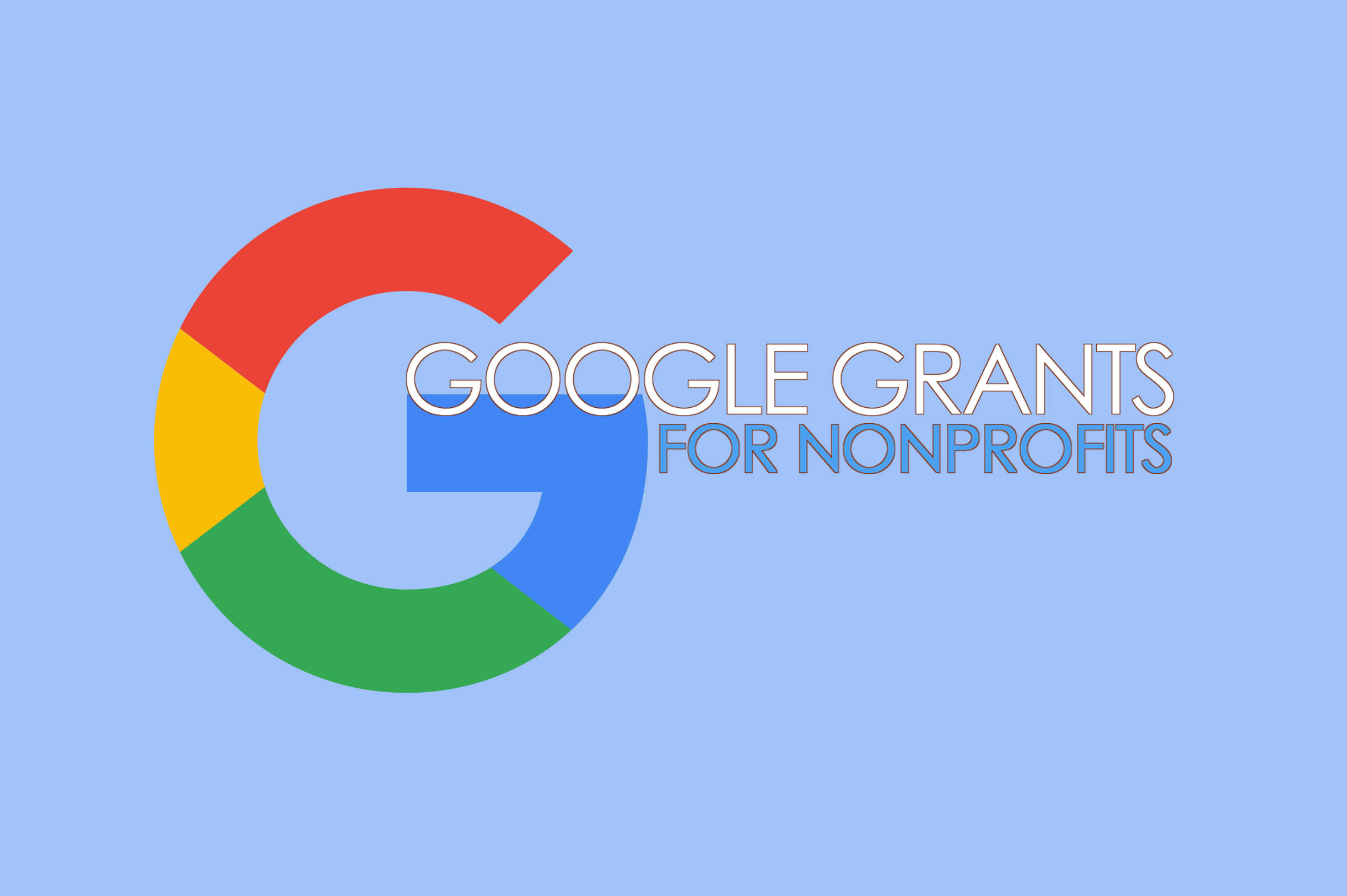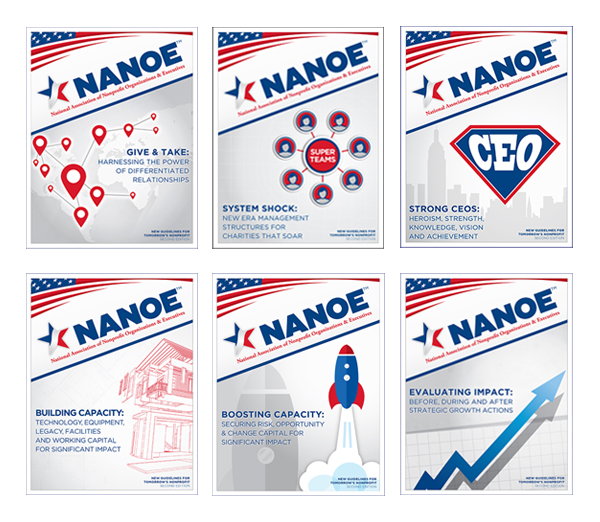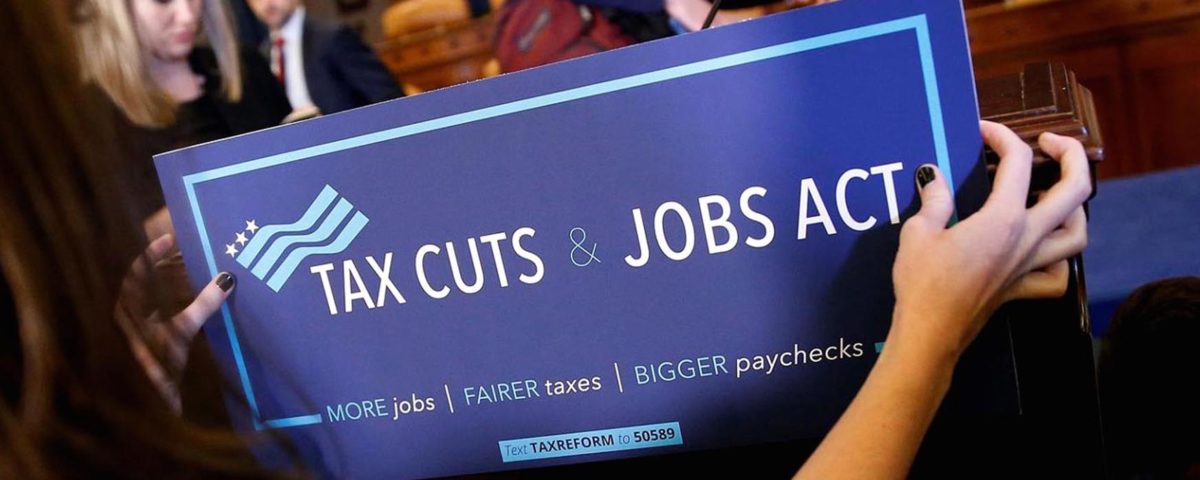
Google to Make Sweeping Changes to Ad Grant Program – Sean Kerr, Cause Inspired Media
January 27, 2018
NANOE Governors’ Video Overview – Jimmy LaRose
January 27, 2018Tax Reform And Your Charity. What’s Really Happening? – Michael Rosen

Tax Reform, Charitable Giving & Your Nonprofit. I’ve got good news for charities considering the implications of the recently signed “Tax Cut & Jobs Act” bill. The Tax Foundation’s Center for Federal Tax Policy projects that tax reform will grow the economy making more money available for giving; reduce taxes increasing disposable income; increase wages generating more disposable income; and create hundreds-of-thousands more jobs. Why is this good for nonprofits? It’s simple, when people have more personal income, they donate more.
Now, if you’ve been reading the mainstream press, or even some of the industry media, you might believe that the future is all doom and gloom for charitable giving thanks to the Tax Cut and Jobs Act. But, how bad will things really be for you and your nonprofit?
As a former newspaper editor, I know that the media lives by the axiom: If it bleeds, it leads. In other words, negativity attracts readers and viewers, which in turn attracts advertising dollars. So, it’s no surprise that the media have put the new tax code in the most negative light when it comes to charitable giving.
Fortunately, reality is something quite a bit different. Let me explain, using figures from 2016 (the most current numbers available).
Overall, charitable giving totaled $390.05 billion. US Gross Domestic Product totaled $18.6 trillion. Therefore, total philanthropy in 2016 equaled 2.1 percent of GDP. As a result of the new tax code, charitable giving could decline by approximately $21 billion, according to Patrick Rooney, PhD, Executive Associate Dean for Academic Programs and Professor of Economics and Philanthropic Studies at Indiana University-Purdue University.
However, is that number accurate? Unfortunately, we have no way of truly knowing as Rooney himself states.
For example, the estimated philanthropic decline of $21 billion does not take into account the impact of a likely increase in Gross Domestic Product. Because philanthropy closely correlates to GDP at the rate of approximately two percent, we can expect a rise in GDP to result in a rise in giving.
So, how much will GDP rise? Again, no one knows for certain. The estimates vary greatly from 0.08 to 0.35 percentage points. The Tax Foundation provided the latter estimate. Applying that percentage to the 2016 GDP, we would see GDP increase by $651 billion. If two percent of that increase goes to charitable giving, that would be approximately $13 billion. So, Rooney’s prediction of a $21 billion decline in philanthropy could be mitigated partially by GDP growth resulting in just an $8 billion drop in giving. However, even that number could be further offset by growth in foundation giving resulting from robust growth in the stock market.
Simply put, the new tax code could increase GDP and stock values leading to more charitable giving that could, at least partially, offset any potential decline in giving resulting from the new tax policy.
For the sake of discussion, however, let’s assume a $21 billion drop in giving, as Rooney outlined. That would take philanthropy as a percentage of GDP from 2.1 percent to 1.9 percent, using 2016 numbers. This is still within the 40+ year historical range.
The bottom line is that the new tax law could result in a decline in charitable giving. However, we don’t know for certain if that will be the case and, if it is, how much the dip will be. Even if there is a dip, giving will still remain at historically typical levels, around two percent of GDP. Furthermore, there is the possibility that the pundits are mistaken and that charitable giving will actually increase. Time will tell.
While the new tax code may change how and when people donate, history teaches us that changes in the tax code have only a short-term impact on the amount of giving though the methods and timing may vary. For example, the Reagan tax cuts resulted in greater year-end giving in 1986 before giving normalized thereafter. Furthermore, while a dip of billions of dollars is a big number, the reality is that it is not massive in the context of overall philanthropy.
Here are some of the relevant items you need to know from the 500+ page Tax Cut and Jobs Act signed into law on December 22, 2017 by President Donald Trump:
• The new tax code doubles the standard deduction thereby reducing the number of tax filers who itemize from 40 million to 9 million under the new law. Because only itemizers will be able to benefit from a charitable gift deduction, this means less than one-fourth as many American taxpayers will have an incentive to make a charitable contribution. For non-itemizers, the cost of giving increases.
• The new tax code also doubles the exemption for estate and generation-skipping transfer taxes. This could affect planned giving by very wealthy donors who use gift planning, in part, as a tax avoidance tactic.
• The limitation for the deductibility of contributions to charities increases from 50 percent to 60 percent of adjusted gross income. The Pease Amendment, which phased out the charitable giving deduction for wealthy tax filers, has been eliminated. These changes make charitable giving less costly for wealthy donors.
• Donors who contribute money in exchange for college athletic seating will no longer be able to claim a charitable deduction. This could make raising money for big school athletic programs a bit more challenging.
• Colleges and universities will be, for the first time, charged an excise tax of 1.4 percent on the net investment income of their endowments if they have at least 500 tuition-paying students and endowment assets of at least $500,000 per student. Approximately, 30 colleges and universities will have to pay the excise tax in 2018. Unfortunately, the principle of the “slippery slope” may come into play; a future Congress may decide to raise the excise tax and/or apply it more broadly.
Tax incentives do not typically motivate people to make charitable contributions. However, by effectively lowering the cost of giving, tax incentives can influence the amount that donors give and the methods and timing of gifts.
There are already hopeful signs in the economy in anticipation of lower corporate taxes. On January 4, the Dow (stock market) reached 25,000 for the first time. Several large companies provided employees with 2017 year-end surprise bonuses of $1,000. A number of major employers announced the adoption of a $15 per hour minimum wage, a significant increase for many. Some corporations have pledged to increase charitable giving including Wells Fargo, which has pledged $400 million for 2018, a 40 percent increase over 2017.
At this point, it’s impossible to know what the effect of the new tax law will be on the economy and philanthropy. We have no control over that. All we can do now is exercise control where we can.
Instead of worrying about the possible downside of the new tax code, let’s work on taking full advantage of it.
As a fundraising professional, you have two choices:
You can use the negative press about the “Tax Cut & Jobs Act” as an excuse for your own failure to reach your fundraising goal OR you can do the hard work necessary to reach your fundraising goal by mastering development fundamentals, doing major gift fundraising the right way, and having a robust planned giving program.
So, which option will you embrace? That’s what Michael Rosen says…What do you say?
This article was originally posted as at Michael Rosen Says as “How Bad is the New Tax Code for Your Charity?” on January 5, 2017
Michael Rosen is the founder of ML Innovations and has written the bestselling book, “Donor-Centered Planned Gift Marketing” (John Wiley & Sons) for which he won the prestigious AFP-Skystone Partners Prize for Research in Fundraising and Philanthropy. He has contributed chapters to the book “Membership Development: An Action Plan for Results” (Aspen Publishing) and has written the Foreword to the book “Effective Telephone Fundraising” (John Wiley & Sons). In addition, his articles have been published in Advancing Philanthropy, AFP Fundline, Donor Developer, Fund Raising Management Magazine, Membership Matters, Nonprofit Nuts & Bolts, The International Journal of Nonprofit and Voluntary Sector Marketing, The Nonprofit Executive, Planned Giving Today, and The Pulse of Planned Giving. He has served as the Contributing Editor to The Taft Group’s Donor Developer newsletter. He has been quoted in Association Trends, CASE Currents, The Chronicle of Philanthropy, Inbound/Outbound Magazine, The Nonprofit Times, The Wall Street Journal, and a number of regional newspapers.

3 Comments
Great information, thank you.
Val
As always, great article!!!
Great article and very positive. Keeps me motivated and hopeful.